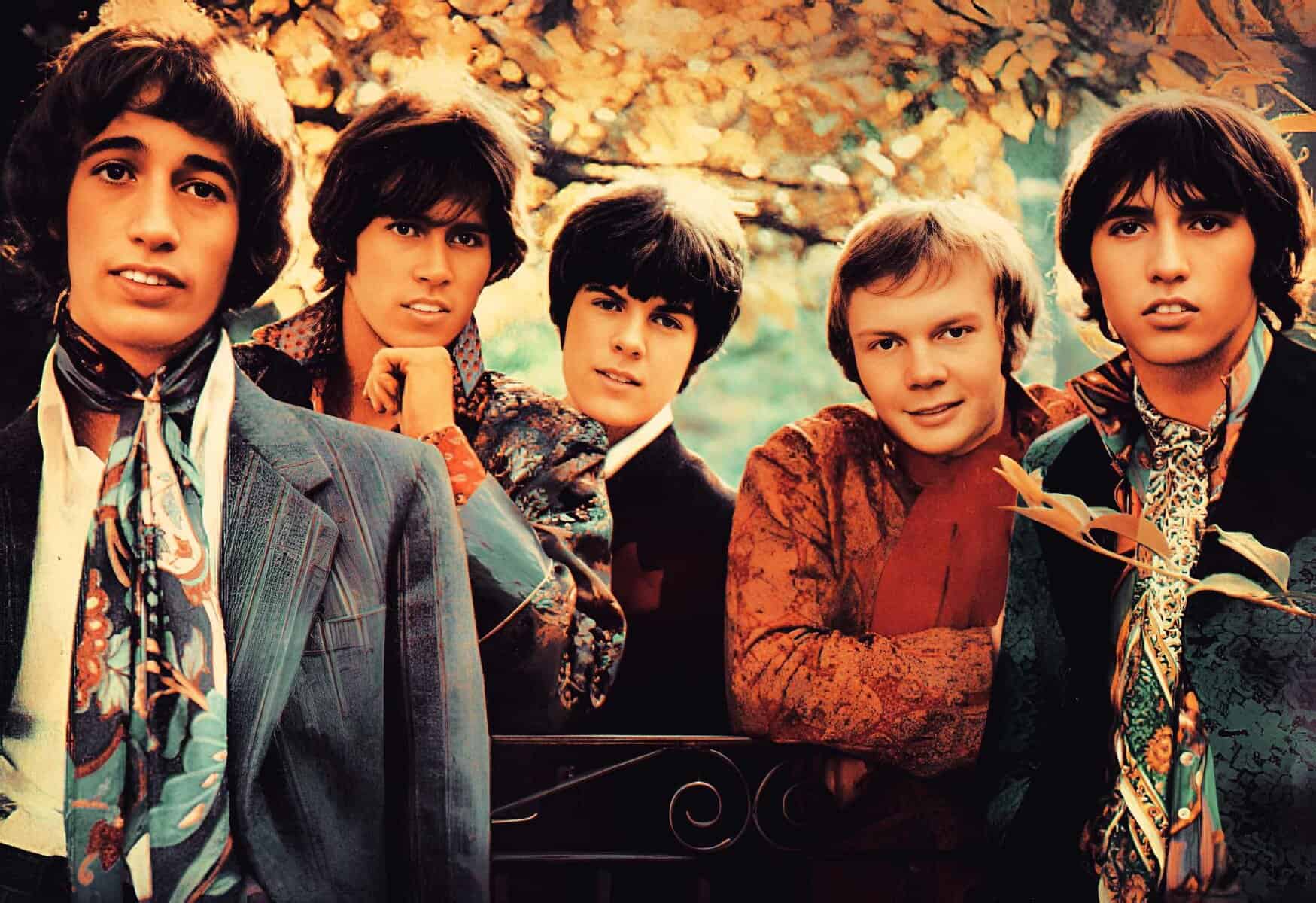Album Essentials: The Bee Gees - "Bee Gees First" (1967)

By Dave Swanson - Summit FM Contributor
Born in England and raised in Australia, the Gibb brothers certainly had music in their DNA. Between 1963 and 1966, they released two LPs and eleven singles, one of which, “Spicks and Specks,” reached #5 in Australia in 1966. They were all still teenagers. Robin, Maurice, and older brother Barry learned early on that their sibling harmonies were unique and would soon turn to gold. The trio returned to England, where everything seemed to be happening, to pursue a music career. They caught the eye of music mogul Robert Stigwood, who quickly signed them to a contract. Things began to move quickly, as they often did back then, and before long, the Gibbs, along with guitarist Vince Melouney and drummer Colin Petersen, were in the recording studio creating their first proper album.
Bee Gees 1st is a shining example of the possibilities of 1967: bursting with creativity, fully aware of the era's surroundings, and yet never succumbing to cliche. It stands as an excellent example of a (near) perfect pop LP. The Beatles’ influence cast a large shadow over the music, which worked to their advantage. So much so that the initial single “New York Mining Disaster 1931” was sent to radio stations with a blank label, creating a mystery about its origins and leading many to assume it was a new Beatles single. This resulted in heavy airplay and ultimately a number 14 hit in America. According to legend, even the Beatles thought it sounded like the Beatles, and the Bee Gees admit they were heavily influenced by the kids from Liverpool.
Written by Robin and Barry, it was but one piece of the story here. The album opens with “Turn of the Century,” which sets the tone for this slab of Pop Art Pop. Awash in the bright colors of the era, it showcases not only their stellar harmonies but also their songwriting. “Holiday” (#16 US) follows on the path, with a lush yet hazy approach. Songs like "Red Chair Fadeaway" and "In My Own Time" present a more dynamic style, not out of line with the Kinks’ style. “Every Christian Lion-Hearted Man” is a haunting, psychedelic ballad that is genuinely one of the lost classics of the era.
While some of the songs seem to be searching for their footing in the vast landscape, “To Love Somebody” (#17 US) stands out as a fully formed classic, worthy of the greats. It's no surprise that this song, another Robin & Barry composition, has been covered countless times over the decades by everyone from Nina Simone and Janis Joplin to Lady Gaga and Michael Bublé. Michael Bolton had a big hit with it in the 80s, but the definitive version is arguably the Flying Burrito Brothers' take, recorded in 1969 but left in the vaults until the 1980s. Gram Parsons and company transform the pop classic into an unparalleled country ballad.
Over the album's fourteen tracks, they cover a lot of ground, switching up styles but never straying from what was, at that time, their signature style of Beatles-inspired pop music. It was done without irony and without cliché, and early on, it turned heads. The band refined this approach over the next two albums, the equally great, if not better, “Horizontal” and “Idea,” before moving on to the highly ambitious 'Odessa,' which proved they could hold their own in more complex surroundings as well.
This entire era of the Bee Gees remains unfamiliar to many who call themselves fans, which is no surprise considering the Bee Gees have at least three different eras in their story. It would be another ten years before everyone in the world knew who the Bee Gees were with the disco classics they would deliver. Their story, like many in the history of pop music, is far more fascinating than most realize. That entire period, from the late 1960s to the early 1970s, is a treasure trove of great music from the Brothers Gibb. Dig in and enjoy!






